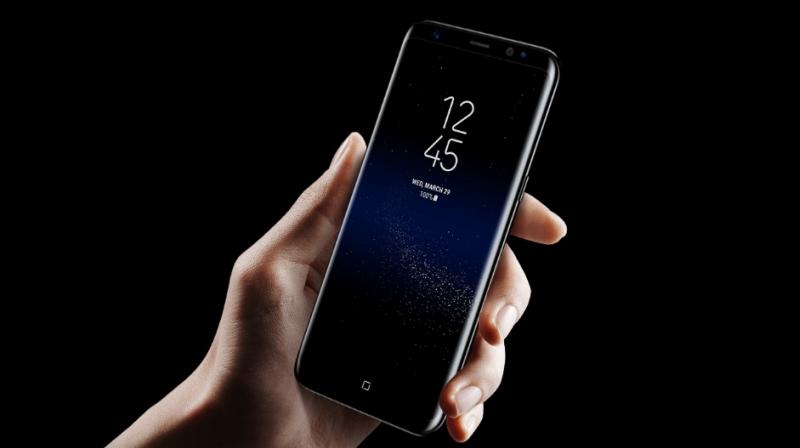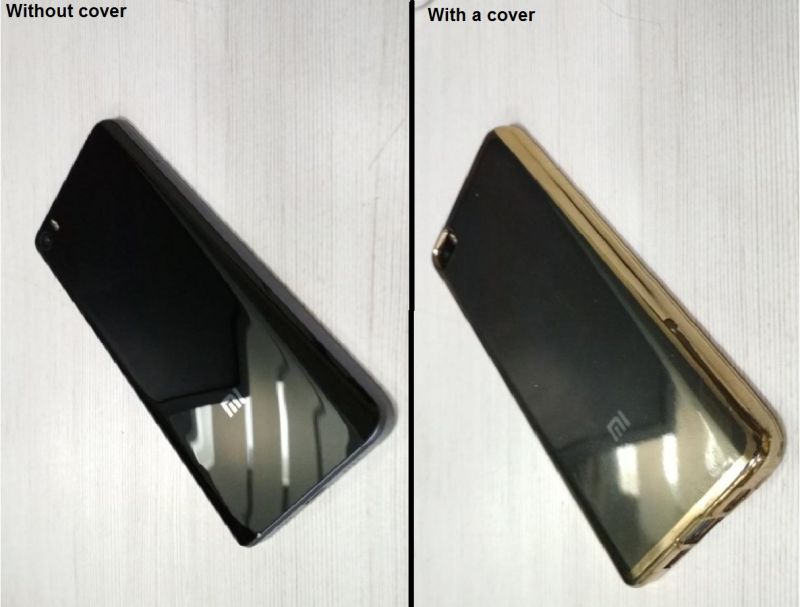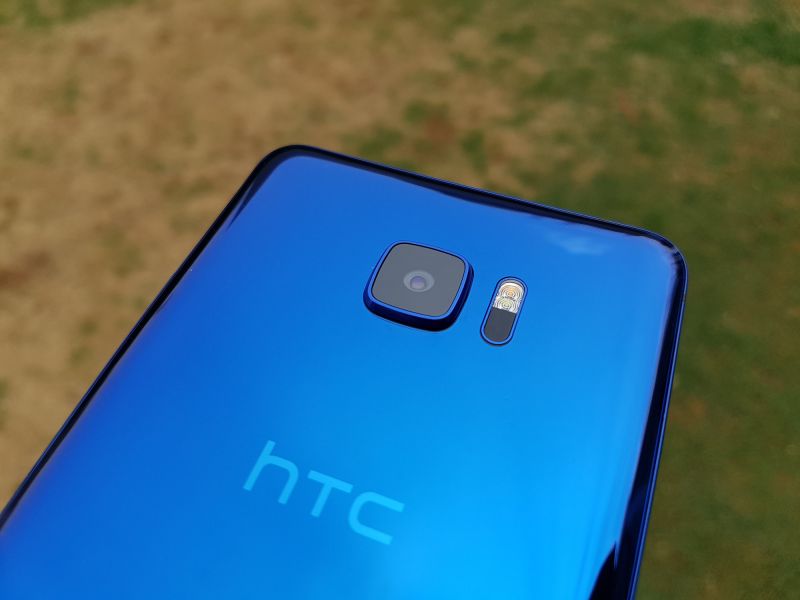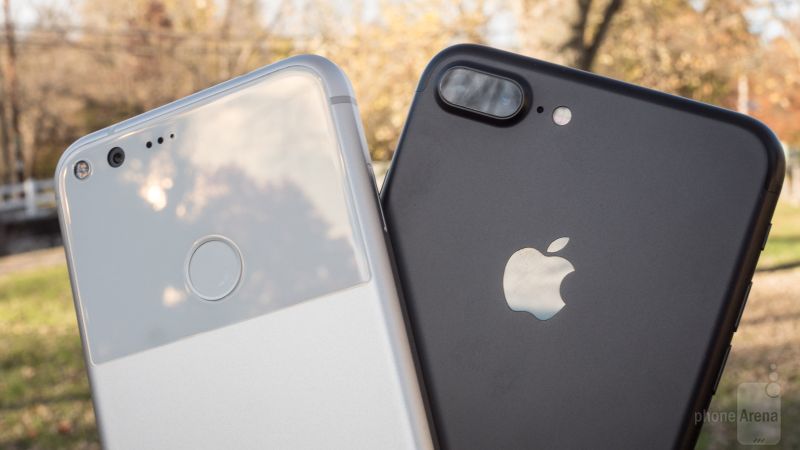Glass smartphones is it wise to buy them?

Consider the following situation – you are in the market for buying a flagship smartphone and you have a choice of 4 devices – Google Pixel XL, Samsung Galaxy S8+, iPhone 7 Plus and HTC U Ultra. All of them are equally capable of handling extensive computing tasks with ease and can be a breeze to flaunt as a premium daily driver. Setting the specifications, brand and software aside, the major dilemma that you face is – should you opt for a metal bodied phone like the iPhone/Pixel or go for the Galaxy S8/U Ultra made of glass?
The availability of hundreds of options regarding the build of your next smartphone is extremely confusing. The modern phones with all glass bodies are tremendously glamourous to look at. On the other hand, phones that adorn aluminium and steel on them look classy. However, there is more to a phone’s build quality and appearance.
Manufacturers claim that they use the best quality of materials that are strong as well as durable. Over that, they use several layers of scratch resisting layers to help the devices maintain their attractiveness for a long period of time. But, what about the qualities of materials used? Are they capable of what they promise?
I have a Xiaomi Mi 5, a phone that was the flagship for Xiaomi in 2016. The phone has a Snapdragon 820 processor for the price of the mid-range phone segment that usually delights customers with the likes of Snapdragon 625 chipset. But the Mi 5 has something else going for it – its design and build. The phone has Gorilla Glass 4 front and rear panels joined by an aluminium frame. The combination of these premium materials make the Mi 5 a complete stunner and made me one of its customers. To flaunt that premium build, I decided to keep it cover-free, i.e. no cases and screen guards.
It was always in my consciousness that glass isn’t a very durable material to make a smartphone’s body and I would have to exercise some caution while using it daily. However, surprises started to take shape when a drop measuring 15 cm in height put a noticeable scratch on the metal frame of the phone. As if that wasn’t enough, the front Gorilla Glass panel above the screen developed deep scratches from the rigid stitching of my jean trouser’s pocket. In order to secure my investment worth a substantial amount of my hard earned money from further damage, I had to finally give in to those ugly back covers and screen guards. The result is a beautiful phone that has to look hideous in order to live longer, thus completely defeating my purpose of going for the beautiful handset.
 Look at that ugly cover spoiling the look of the lean Xiaomi Mi 5
Look at that ugly cover spoiling the look of the lean Xiaomi Mi 5
Same has been the case with our Samsung Galaxy S8 test device that developed scratches from being in trouser pockets and a dusty Indian environment. Phones like these look disappointing with scratches adorning them. It's not just glass-body phones, but metal bodied phones as well. You will see a few numbers of iPhone devices without their protective cases in the open, thanks to its metal rear panel easily prone to scratches over a period of time.
We had discussed a few days back that if the glass panel of a smartphone has to survive a shatter-free drop, it has to sacrifice its scratch resistance. But, buying a beautifully designed phone and keeping it underneath bulky cases and covers doesn’t make sense. One should then buy a cheap phone with conventional materials and decent specifications to put it in hideous cases and screen guards.
And that is the problem with OEMs. They want to handcraft phones with materials that look good and are equally durable in maintaining that look for a considerable amount of time in their life cycle. But the material themselves are not up to the mark to match the expectation of the OEMs. Gorilla Glass has been becoming softer day by day, catching scratches easily from simple daily activities that a phone has to become a part of. Aluminium and steel surfaces on the metal-bodied phones are prone to scratches too.
The companies that develop these building materials have to invest in making their products as lightweight as possible. The metal used in an iPhone has to be lighter and thinner to fulfil the design language of an Apple device. Just imagine an iPhone with a thick metal frame covered in undesirable colours incapable of carrying the detailing that an iPhone sustains. Similarly, a Galaxy S8 will lose its charm with a bullet proof glass attached to the front and back of the phone.
That brings me back to my primary question – is it wise to buy a glass phone or any phone built with exotic materials for the sake of its looks? Including my experience with those of thousands of people who rant about their new phones developing scratches, it seems to better to avoid such good looking phones made of delicate stuff. It is just like owning a Ferrari – you want it for its looks despite knowing that fixing a scratch would cost a fortune. It doesn’t look good either if you put the body panels from an SUV on top of it to shield it from the worldly harms.
However, if you care about the beastly performance, then you should surely go for them. On top of that, if you carry your cover-less phone with special care and avoid getting unlucky with worldly elements outside, then we aren’t stopping you from getting it.



